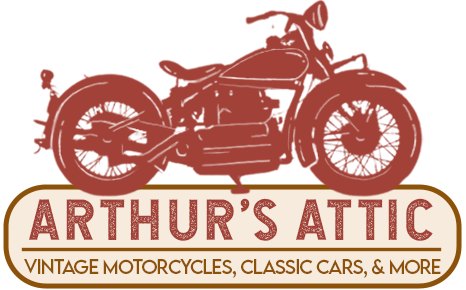From the beginning, bikes were built for speed and performance. For decades Indian Motorcycle dominated the racing circuits and was the first American motorcycle manufacturer.
The machines are made in Kings Mountain, North Carolina, with the same commitment to performance, handcrafted quality, and advanced technology that has made Indian a world-renowned name since the turn of the century. Here is their history
The Birth of A Brand
George Andy, a racing legend of his time, and Oscar Hedstrom, a self-taught engineer committed to invention, founded Indian Motorcycle in 1901.
At the age of 16, George Handy began competing in bicycle races. At Hampton Park in Springfield, Massachusetts, he captured his first national title in 1881.
He maintained his unbroken streak until 1886, when The Motorcyclist reported that “he retired unbeaten, the owner of any national titles, and all high wheel records from one to 20 miles.”
Hedstrom Pacers
At 16, Oscar Hedstrom was an apprentice at a watchmaking company, learning about machine tools, pattern matching, and foundry work.
In 1899, he obtained a De-Dion engine, and by studying it, he found that he could make improvements that would improve its performance.
Using the improvements, he built a fast and reliable pacer to use at bicycle races. In some cases, pacers were used to run ahead of the bicycle racers to break the air and reduce wind resistance.
The early pacers were unreliable – but not Hedstrom’s pacers. Noting the successful performance of the Hedstrom pacers, George Handy approached Hedstrom in 1900 with the idea of designing a motor-assisted bicycle that could be mass-produced and sold to the public.
An agreement was made, and Indian Motorcycle was born.
The Indian Motorcycle
The name ‘Indian’ was chosen because the founders thought there was nothing more American than Native American Indians. By 1913.
Indian was the market leader, producing over 30,000 units per year and the largest motorcycle factory in the world.
Its reputation for reliability, innovation, and technology drove its popularity. The automobile proved to be Indian Motorcycle’s, ultimate competitor. During World War two, Indian Motorcycle proudly met 60% of America’s military motorcycle requirements.
World War Two proved hard on Indian Motorcycle. Contracts from the US and allied governments were fruitful initially, but the Jeep quickly displaced the positions that motorcycles once held. Indian Motorcycle could not survive this period after the war and stopped production in 1953.
The New Millenium
In 1998, production began again in Gilroy, California. An S&S engine powered their first products, and the first new Indian proprietary engine in 50 years was introduced in 2002. In September 2003, Indian Motorcycle in Gilroy, California, ceased operations.
In 2004 entrepreneurs acquired the trademarks, headed by Chairman Stephen Julius. After extensive market research, the company redesigned the Indian cheap Motorcycle, and production began in late 2008.
